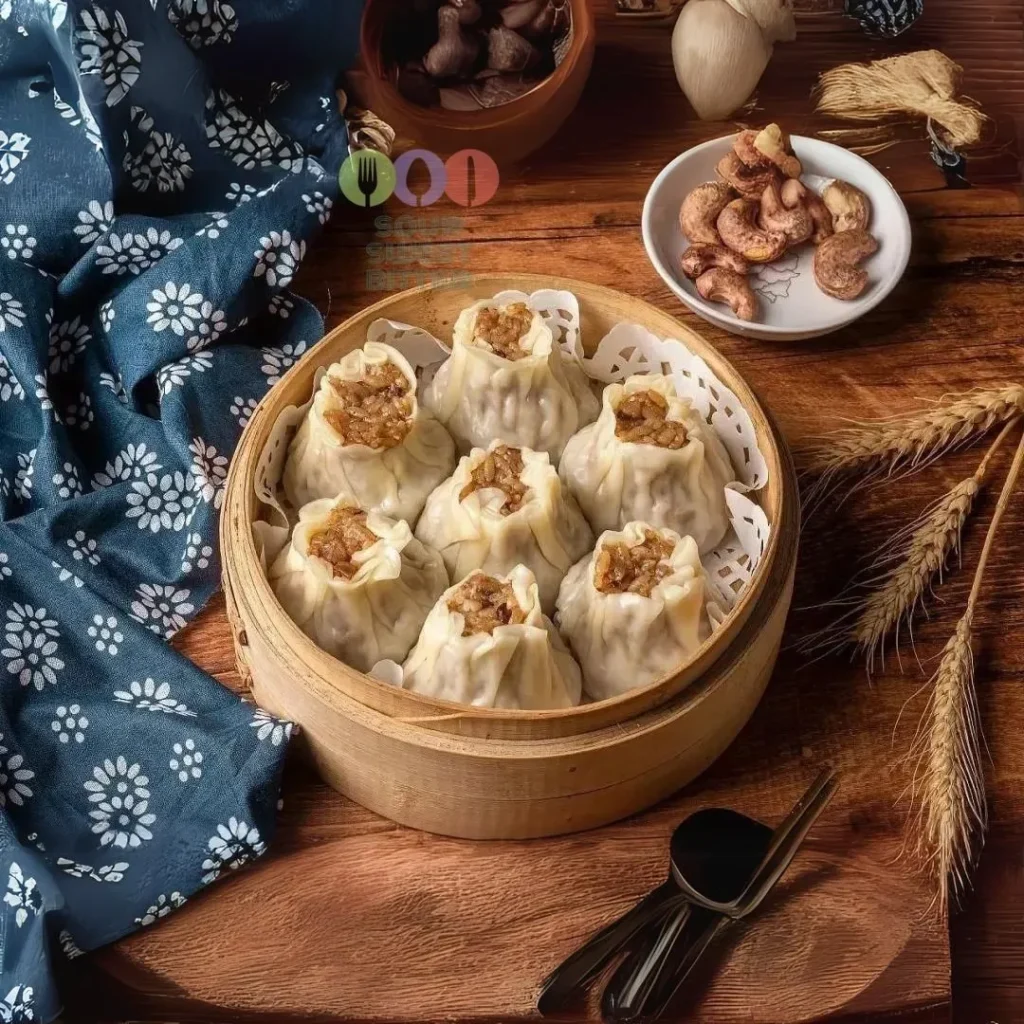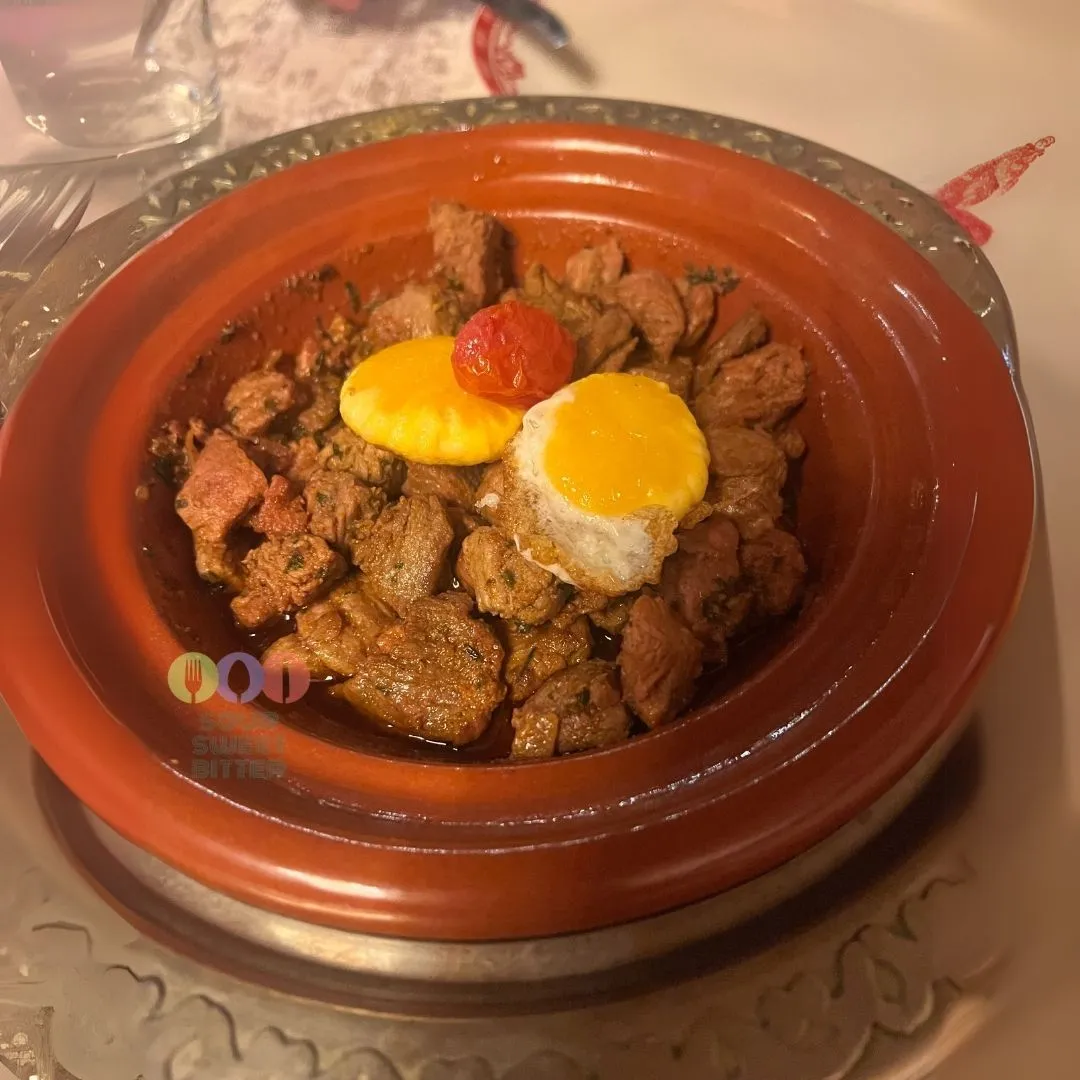Siu Mai: A Timeless Culinary Treasure with Rich Cultural Significance
Siu Mai, also known as shumai, is a beloved dish in Chinese cuisine and a staple of dim sum culture. Emerging from the teahouses of the Qing Dynasty (1644–1912), this small yet flavorful dumpling has captured the hearts of food lovers worldwide, admired for both its taste and its cultural depth.
Historical Origins: From Street Food to Teahouses
The first known references to this dish date back to the Yuan Dynasty (1271–1368), when it was enjoyed by laborers and traders at roadside stalls. Its portability made it ideal for travelers and workers, and it quickly gained popularity throughout northern China. However, it was in Guangdong province where it transformed into the refined version we know today.
In southern China, the practice of yum cha (tea drinking) grew, and this particular dumpling became a favored accompaniment. The savory flavors of the dumpling complemented the subtle teas, creating a culinary balance that has been cherished for centuries.
Cultural Significance in Cantonese Cuisine
More than just food, this dish represents Cantonese culture and the artistry of dim sum. The open-top design of the dumpling, often filled with pork, shrimp, or mushrooms, reflects a sense of transparency and honesty, qualities highly valued in Chinese society. Additionally, the yellow wrappers symbolize wealth and prosperity. Its intricate preparation and presentation are emblematic of the careful attention to detail found in traditional Chinese cooking.
A Global Journey
In recent years, the dish has been embraced by cultures far and wide. Japan adapted it into their own shumai version, while the Philippines introduced siomai, often served with a squeeze of calamansi. Despite these adaptations, the essence of the dumpling—a small, flavorful bite that reflects centuries of craftsmanship—remains intact.
It has also become a common feature in dim sum restaurants in the West, illustrating its widespread appeal. No matter the regional twist, the dish continues to carry the legacy of tradition and togetherness.
Legacy and Symbolism
Beyond its delicious taste, this dumpling embodies history, culture, and community. Its careful preparation reflects deep respect for tradition. Eating it in a traditional setting offers a connection to Chinese heritage, a journey through flavors and textures that have stood the test of time.
Through its adaptability and evolution, this dish serves as a cultural bridge, bringing people together across borders and offering a taste of Chinese tradition to the world.
Discover Traditional Chinese Recipes Discover Traditional Recipes From Asia You may like this also: Czech Dumplings Houskové Knedlíky
Chinese Siu Mai
Ingredients
For the Filling:
For the Dumplings:
Instructions
Prepare the Filling:
-
Combine the ground pork, shrimp, and chopped shiitake mushrooms in a large bowl.
-
Add the soy sauce, oyster sauce, Shaoxing wine, sugar, sesame oil, white pepper, cornstarch, and salt.
-
Mix well until the filling is sticky and fully combined.
Assemble the Siu Mai:
-
Place a wonton wrapper in your hand and add about 1 tablespoon of the filling to the center.
-
Gather the edges of the wrapper around the filling and gently press, leaving the top open.
-
Optionally, place a small piece of carrot or fish roe on top for decoration.
-
Repeat until all the filling and wrappers are used.
Steam the Dumplings:
-
Line a bamboo or metal steamer with parchment paper or cabbage leaves.
-
Place the siu mai in the steamer, leaving some space between them.
-
Steam over boiling water for 8-10 minutes until the filling is cooked through.
Serve:
-
Serve hot with soy sauce or a chili dipping sauce.
-
Your homemade Siu Mai is ready. Màn màn chī!












